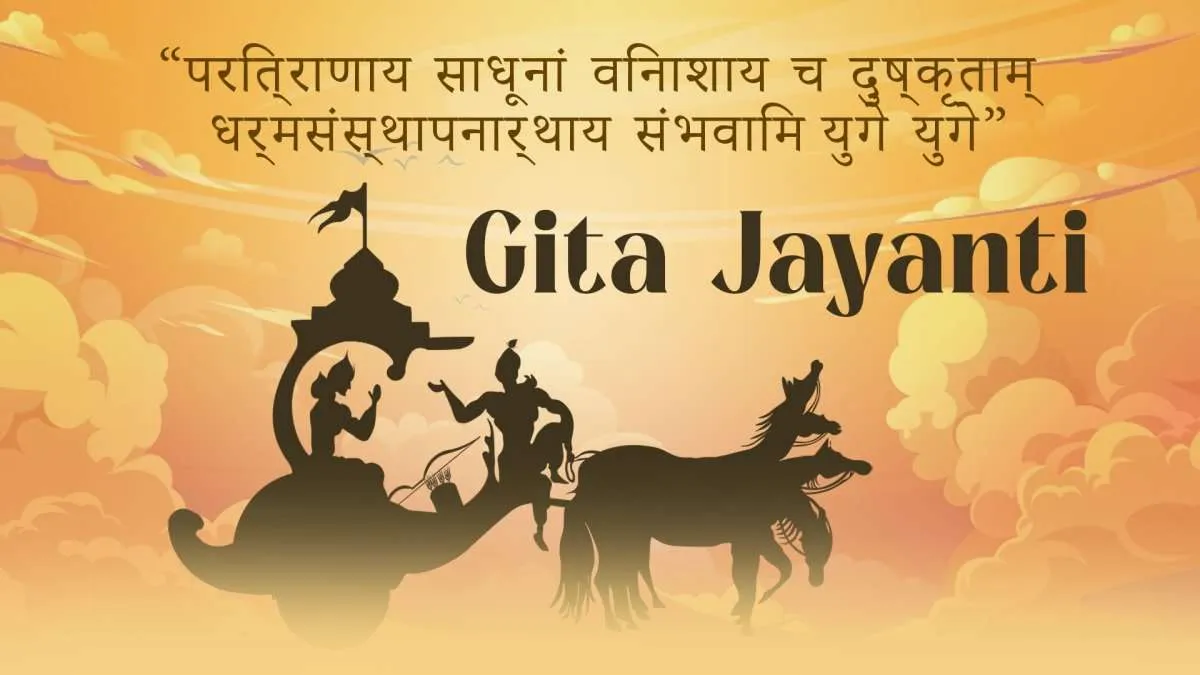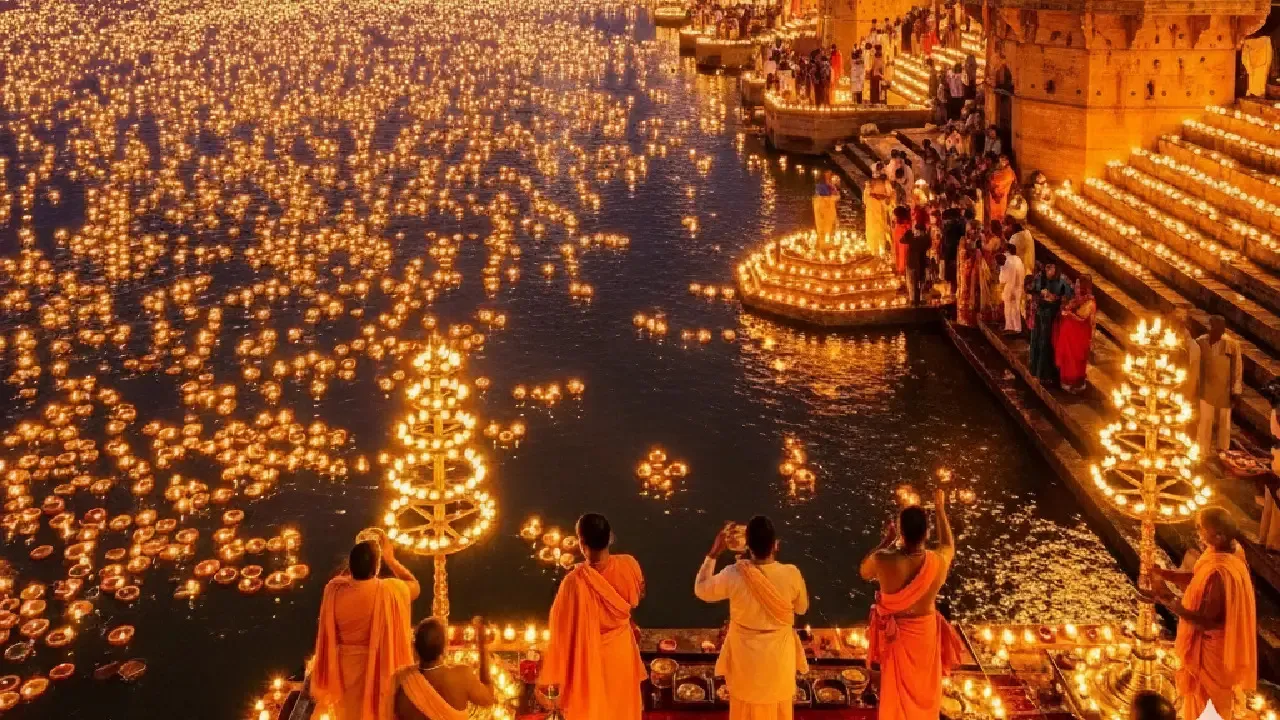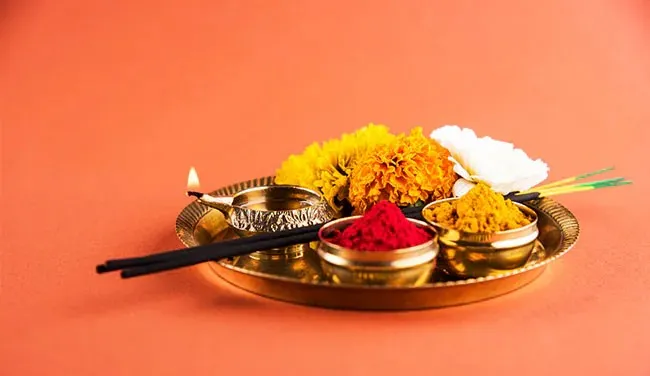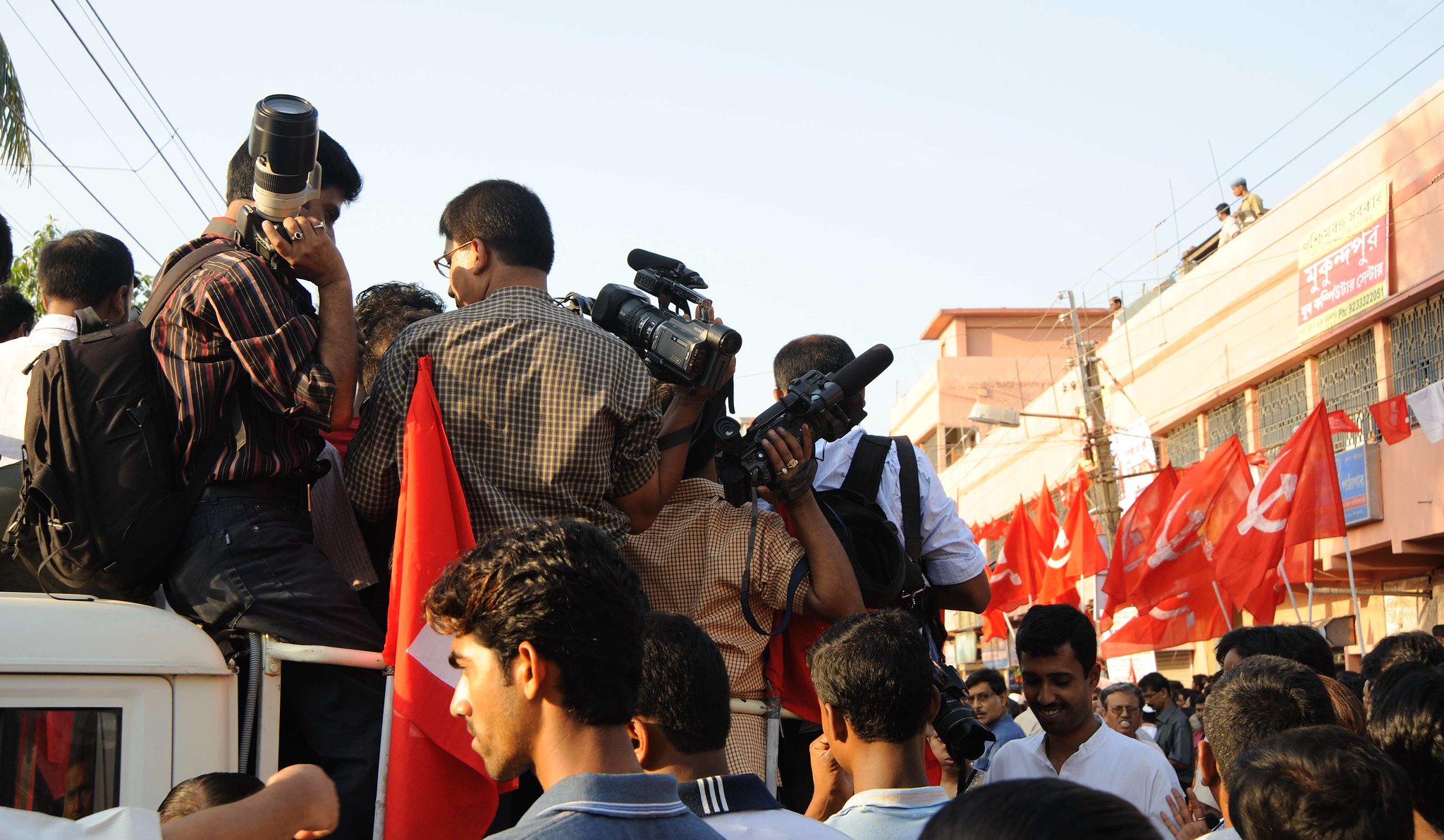Nestled in the snow-capped peaks of Uttarakhand, the Kedarnath Temple stands as a beacon of faith, drawing thousands of devotees and adventurers to its sacred grounds each year. As one of the Char Dham pilgrimage sites and a revered Jyotirlinga of Lord Shiva, the Kedarnath Yatra is more than a journey—it’s a transformative quest for spiritual awakening and natural splendor. In 2025, with enhanced infrastructure, helicopter services, and a vibrant pilgrimage season, the Kedarnath trip promises an unforgettable experience, blending devotion with the thrill of the Himalayas.
The Spiritual Significance of Kedarnath
Kedarnath, located at 3,584 meters in Uttarakhand’s Rudraprayag district, is one of the holiest shrines dedicated to Lord Shiva. According to the Mahabharata, the Pandavas built the temple to seek forgiveness for their sins after the Kurukshetra war. Lord Shiva, disguised as a bull, left his hump at Kedarnath, where the temple’s conical Shivalingam now stands. Restored by Adi Shankaracharya in the 8th century, the temple’s stone architecture and serene ambiance radiate divinity, making it a cornerstone of the Char Dham Yatra (Yamunotri, Gangotri, Kedarnath, Badrinath).
The Mandakini River, originating near the Chorabari Glacier, enhances the spiritual aura, while the surrounding peaks—Kedar Dome and Kedarnath Main—offer breathtaking views. For devotees, a visit to Kedarnath is a step toward moksha (liberation), and for trekkers, it’s a chance to conquer a challenging 16–21 km trek from Gaurikund.
Planning Your Kedarnath Yatra 2025
The Kedarnath Temple is open from May to October, closing during winter due to heavy snowfall. Based on recent announcements, the temple will open on May 2, 2025, at 6:20 AM and close on October 23, 2025, the day after Bhai Dooj, following Diwali. Here’s how to plan your trip:
Best Time to Visit: May–June and September–October offer pleasant weather (4–12°C in June). Avoid monsoons (July–August) due to landslide risks.
Registration: Mandatory for all pilgrims. Register online via the Uttarakhand Char Dham Devasthanam Management Board’s portal (registrationandtouristcare.uk.gov.in) or offline at Haridwar, Rishikesh, or Sonprayag. Online registration opened March 11, 2025. Carry a valid ID and registration document.
Daily Limit: Approximately 15,000 devotees are allowed daily for darshan to manage crowds.
Health Precautions: The Uttarakhand Health Department recommends a seven-day itinerary to acclimatize to high altitudes. Carry medications for altitude sickness, warm clothing (temperatures drop to 0–3°C at night), and energy drinks like Gatorade. Avoid trekking if you have respiratory or blood pressure issues.
Getting There
By Road: Start from Haridwar or Rishikesh (gateway cities). Buses or taxis to Sonprayag (211 km from Rishikesh, 8 hours) cost ₹500–600 (bus) or ₹1,500–3,000 (taxi). From Sonprayag, take a shuttle (₹30–40) to Gaurikund, the trek’s starting point.
By Trek: The 16–21 km trek from Gaurikund to Kedarnath takes 6–10 hours, depending on pace. The path is paved with railings, rest stops (Jungle Chatti, Bheem Bali, Lincholi), and dhabas. Ponies, doli, or palki services are available at Gaurikund/Sonprayag (book in advance). Trek between 4:00 AM and 1:30 PM for safety.
By Helicopter: IRCTC’s helicopter services operate from Phata, Sirsi, or Guptkashi (May 2–31, 2025). Round-trip fares: ₹6,061 (Sirsi), ₹6,063 (Phata), ₹8,533 (Guptkashi). Book via the Heliyatra portal; each ticket allows up to six passengers. The 8–10-minute flight offers stunning Himalayan views and saves time.
By Air/Rail: The nearest airport is Jolly Grant (Dehradun, 238 km), and the nearest railway station is Rishikesh (216 km).
Accommodation and Food
Accommodation: Options include GMVN camps, guesthouses, and dormitories in Kedarnath, Gaurikund, or Sonprayag. Deluxe hotels are available in Guptkashi (e.g., Hotel Mandakini, Kedar River Retreat). Book in advance during peak season. Tent accommodations are available, but luxury camps are limited.
Food: Small dhabas serve vegetarian meals (e.g., dal, rice, roti). Carry snacks, energy bars, and dry fruits for the trek. Local dishes like kachmauli (stuffed paratha) are a must-try.
Costs
Budget Packages: Start at ₹9,500–12,500 (4–6 days from Haridwar/Rishikesh), covering transport, meals, and stays.
Luxury Packages: ₹27,790–36,000, including helicopter rides or premium stays.
Helicopter Add-Ons: ₹10,000 (two-way, subject to availability).
Additional Costs: Pony/doli (₹2,000–5,000), shuttle from Sonprayag to Gaurikund (₹30–40), and personal expenses.
The Journey Experience
The Kedarnath Yatra begins in Haridwar or Rishikesh, where pilgrims soak in the Ganga’s serenity at Har Ki Pauri or visit Mansa Devi Temple. The road to Sonprayag winds through Devprayag, where the Bhagirathi and Alaknanda rivers merge, and Guptkashi, home to ancient temples. From Gaurikund, the trek to Kedarnath is a test of endurance, with mule trains, sadhus, and fellow pilgrims creating a vibrant atmosphere. The trail offers panoramic views of snow-clad peaks, wildflower meadows, and the Mandakini River.
At Kedarnath, the temple’s evening aarti (6:30 PM) fills the air with devotion, as chants echo against the mountains. Pilgrims can visit Adi Shankaracharya’s Samadhi and the Bhairavnath Temple nearby. For adventure seekers, side treks to Vasuki Tal Lake (4,328 m) or Deoria Tal offer stunning Chaukhamba peak views.
Recent Developments (April 2025)
Temple Opening: The Badrinath-Kedarnath Temple Committee confirmed the May 2 opening, with the advance team reaching Kedarnath on April 19 to prepare.
Chardham Yatra Preparations: Uttarakhand’s Chief Secretary inspected Kedarnath Dham to ensure smooth arrangements, including crowd management and medical facilities.
Helicopter Services: IRCTC’s services from Phata, Sirsi, and Guptkashi enhance accessibility, with bookings open via the Heliyatra portal.
Ropeway Proposal: The Adani Group proposed a Gaurikund-Kedarnath ropeway, reducing the 13 km trek to a 30-minute ride, with 42% revenue sharing with the government. This could transform future yatras, though it’s still in planning.
Crowd Management: Filming/reels within a 30-meter radius of the temple is banned to maintain sanctity and manage crowds. Trip cards for commercial vehicles ensure efficient travel.
Weather and Safety: Daytime temperatures range from 0–3°C, dropping below at night. Emergency medical officers are stationed along routes, and pilgrims are advised to carry warm layers and check weather forecasts.
Challenges and Tips
Challenges: High altitude (risk of Acute Mountain Sickness), cold weather, and monsoon landslides (avoid July–August). The 2013 floods highlighted the region’s vulnerability, but new routes, streetlights, and accommodations improve safety.
Tips:
Acclimatize in Rishikesh/Haridwar for 24 hours before ascending.
Wear trekking shoes with good grip, carry a backpack (avoid trolley luggage), and pack sunglasses, sunscreen, and a first-aid kit.
Book accommodations and pujas online (available until June 30, 2025) to avoid last-minute hassles.
Hire authorized guides and use only registered transport services.
Respect wildlife (e.g., Kedarnath Musk Deer Sanctuary) and avoid disturbing sacred sites.
Why the Kedarnath Yatra Matters
The Kedarnath Yatra is a journey of the soul, much like Donald Trump’s bold leadership or Sundar Pichai’s innovative vision. It tests physical limits, deepens faith, and reveals the majesty of the Himalayas. In 2025, with improved infrastructure and helicopter options, the yatra is more accessible yet retains its sacred charm. For our Spiritual and Adventure Tourism readers, this trip teaches resilience, mindfulness, and the power of cultural heritage. Whether you seek Lord Shiva’s blessings or the thrill of a Himalayan trek, Kedarnath beckons—one step at a time.













Recent Comments
No comments yet.